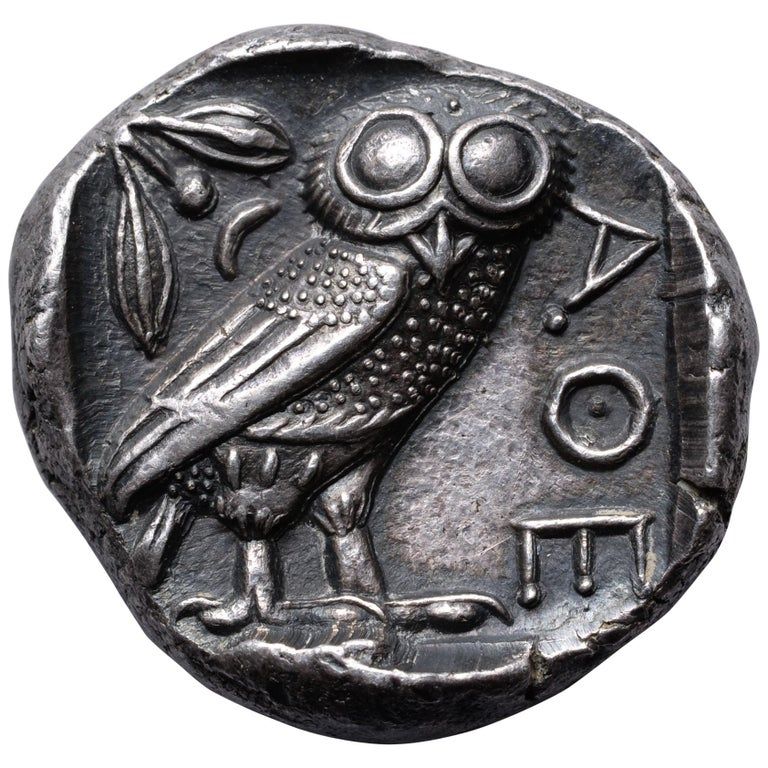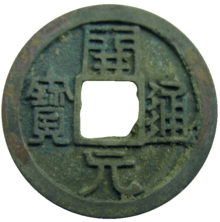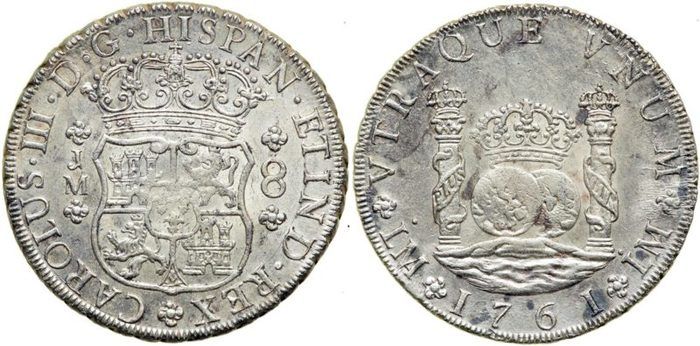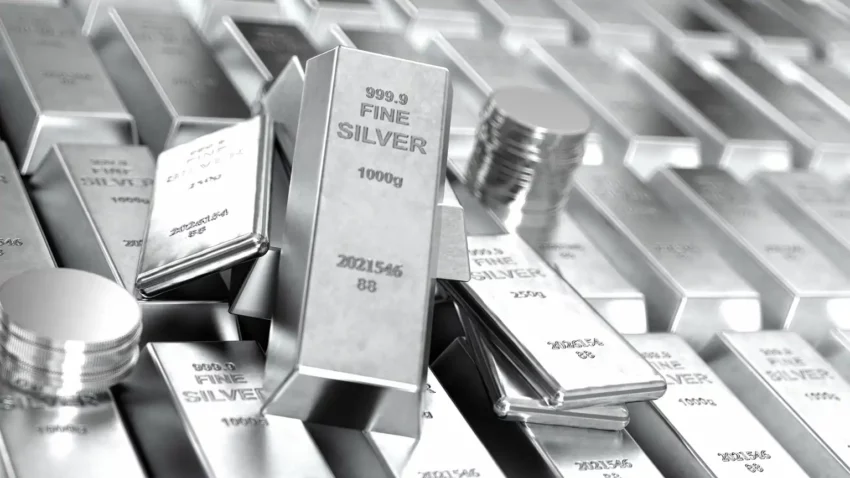Silver, like gold, has an ancient and storied history as a precious metal that has captivated civilizations throughout the ages. Valued for its lustrous beauty, scarcity, and malleability, silver has played a pivotal role as a medium of exchange, or currency, in diverse societies across the globe. This article delves into the intriguing journey of silver as a currency, exploring its origins, evolution, and the profound impact it has had on commerce and economies throughout history.
Early Origins of Silver as Currency
Silver’s use as a currency dates back to antiquity, with evidence of its use found in ancient Mesopotamia, around 3000 BCE. The Sumerians, one of the world’s earliest known civilizations, used silver in the form of silver bars as a medium of exchange in trade. The metal’s rarity and ease of shaping made it a practical and valuable commodity for commerce.
Similarly, the ancient Egyptians also recognized silver’s worth and utilized it as a form of currency in their barter-based economy. Silver was crafted into jewelry, ornaments, and vessels, showcasing its aesthetic appeal and establishing its significance in social and religious practices.
Silver in Ancient Civilizations
Throughout the Bronze Age and Iron Age, silver continued to hold its position as a currency in various ancient civilizations. In ancient Greece, around 550 BCE, the city-state of Athens introduced the “owl” coin, which featured the image of the goddess Athena and became a widely recognized silver currency in the Mediterranean region.

The Roman Empire, known for its extensive trade networks, minted silver coins called denarii, which were instrumental in facilitating commerce across its vast territories. Silver coinage played a vital role in funding the Roman military and supporting its empire-building endeavors.
The Rise of Silver in Medieval Times
The Middle Ages witnessed the prominence of silver as a crucial element in the global economy. The Islamic Caliphates, especially during the Umayyad and Abbasid periods, issued their silver currency, known as dirhams, which became the standard for trade in the Islamic world and beyond.
In China, the Tang Dynasty (618-907 CE) marked a significant era in silver’s history as it emerged as a dominant currency in East Asia. The Chinese government established a standardized silver coin called the “Kaiyuan Tongbao,” which remained in circulation for centuries, facilitating trade along the Silk Road.

Europe also saw the rise of various silver coins during this time, including the English penny, the French denier, and the German pfennig. These coins enabled commercial growth and further connected regions through trade.
The Silver Bonanza in the New World
The discovery of the New World in the 15th and 16th centuries had a profound impact on the history of silver as currency. Spanish conquistadors, notably Hernán Cortés and Francisco Pizarro, found vast reserves of silver in regions like present-day Mexico and Peru. The influx of silver from the Americas dramatically affected the global economy, leading to a period known as the “Silver Age.”
Spain became the principal beneficiary of this silver bonanza, amassing vast riches from the silver mines in the New World. The Spanish silver dollar, known as the “Real de a Ocho” or “Pieces of Eight,” became one of the world’s first global currencies and was widely accepted in international trade.

The significant influx of silver from the Americas had far-reaching consequences. It fueled inflation in Europe, as the influx of silver led to higher prices for goods and services. It also contributed to a shift in the balance of power between the East and the West, with the Spanish Empire wielding considerable influence due to its newfound wealth.
The Silver Standard and Bimetallism
As global trade expanded, various countries attempted to establish a stable monetary system based on silver. The silver standard, a monetary system where the value of a country’s currency was directly linked to a specific amount of silver, gained popularity during the 19th century.
The Latin Monetary Union, established in 1865, united several European countries under a bimetallic system, where both gold and silver were used as the basis for currency. This system aimed to provide stability by allowing countries to freely convert gold or silver into coins at a fixed ratio. However, maintaining the fixed ratio between the two metals proved challenging, leading to its eventual demise.
The Decline of Silver as a Currency
The late 19th century saw the gradual decline of silver as a primary form of currency. The adoption of the gold standard by major economies, such as the United Kingdom and the United States, led to the abandonment of silver-backed currencies and a shift towards gold-backed currencies.
The United States passed the Coinage Act of 1873, which effectively demonetized silver and favored the use of the gold standard. This decision, known as the “Crime of 1873” by silver advocates, sparked political controversy and became a significant issue in American politics during the late 19th and early 20th centuries.
Modern Uses of Silver and Investment
While silver’s role as a primary currency has diminished, its relevance has evolved in the modern era. Silver is still used in the minting of coins, especially for commemorative and bullion purposes. It also finds extensive use in various industrial applications, including electronics, photography, and medical instruments.
Furthermore, silver continues to serve as an investment vehicle and store of value. Silver bullion and coins are sought after by investors and collectors as a hedge against economic uncertainties and inflation.
In Conclusion
The historical journey of silver as a currency is a testament to its enduring allure and value. From its early use as a medium of exchange in ancient civilizations to the immense impact of the “Silver Age” during the discovery of the New World, silver has played a critical role in shaping the course of human history and global commerce. While it may no longer be the foundation of modern monetary systems, its multifaceted applications and ongoing appeal as an investment asset ensure that the story of silver as a precious metal continues to unfold in the annals of time.
